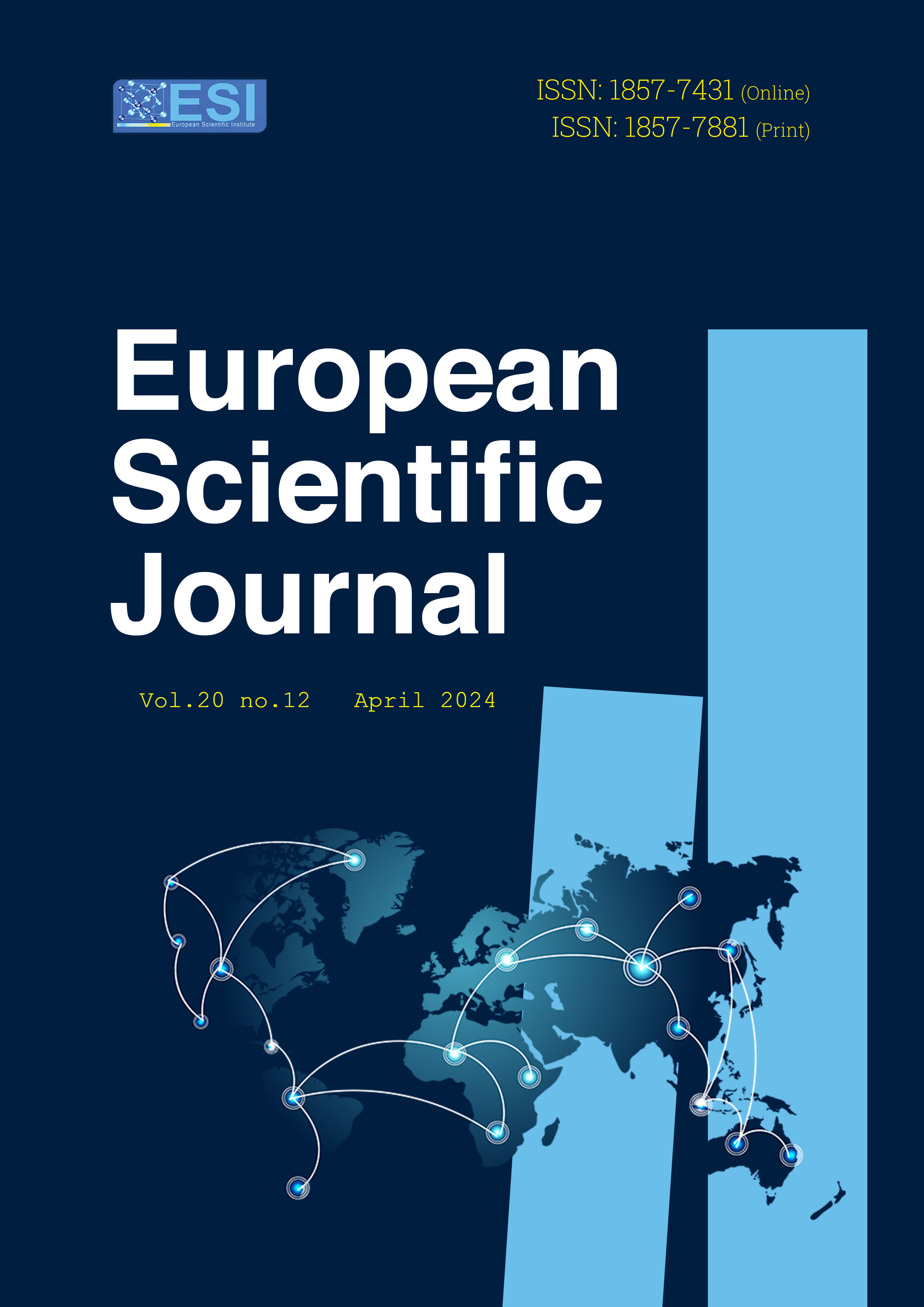Characterization of Mycosporine-like Amino Acids in Chlorophyll f Producing Cyanobacteria from Shaded Niches
Abstract
Cyanobacteria are the oldest photoautotrophic prokaryotes that can perform plant-like oxygenic photosynthesis. The obligate requirement of sunlight for photosynthesis inevitably exposes cyanobacteria to UV radiation. Mycosporine-like amino acids (MAAs) played necessary roles in protecting cyanobacteria from UV radiation and were frequently reported in cyanobacteria exposed to high light radiation. Here, the MAA production was tried in the chlorophyll f-producing cyanobacterial strains isolated from the shaded environments. Four Chroococcidiopsis strains were finally induced to produce MAAs under 0.15 W·m-2 of UV-B exposure, and the MAA contents increased along with the prolonged UV-B treatments in these four Chroococcidiopsis strains. After separation by HPLC system, one MAA type was detected at similar retention times in the methanol extracts of Chroococcidiopsis strains, and all the MAA compounds showed in-line absorption at 310 nm and mass spectra 246 m/z. The absorption spectra and mass spectra matched well the characteristics of the simplest MAA mycosporine-glycine. Chroococcidiopsis had the simplest MAA gene clusters for mycosporine-glycine. MAAs could also be produced in the cyanobacteria even distributed in the light-deficient niches. These results suggested other roles of MAAs in addition to UV-B protection in the special cyanobacteria from shaded environments.
Downloads
Metrics
PlumX Statistics
References
2. Chen M, Schliep M, Willows RD, et al. (2010) A red-shifted chlorophyll. Science, 329: 1318−1319.
3. Chrapusta, E., Kaminski, A., Duchnik, K., Bober, B., Adamski, M. & Bialczyk, J. (2017). Mycosporine-like amino acids: potential health and beauty ingredients. Marine Drugs, 15: 326.
4. Cockell, C.S., Stokes, M.D. (2004) Ecology: widespread colonization by polar hypoliths. Nature, 431: 414.
5. Friedmann, E.I., Ocampo, R. (1976). Endolithic blue-green algae in the dry valleys:
primary producers in the antarctic desert ecosystem. Science, 193: 1247-9.
6. Jain, S., Prajapat, G., Abrar, M., Ledwani, L., Singh, A. & Agrawal, A. (2017). Cyanobacteria as efficient producers of mycosporine-like amino acids. Journal of Basic Microbiology, 57: 715–727.
7. Li Y, Chen M. (2015).` Novel chlorophylls and new directions in photosynthesis
research. Functional Plant Biology, 42: 493-501.
8. Rastogi R.P, Incharoensakdi, A. (2014). Analysis of UV-absorbing photoprotectant mycosporine-like amino acid (MAA) in the cyanobacterium Arthrospira sp. CU2556. Photochemical Photobiological Sciences, 13: 1016-1024.
9. Shick, J.M. & Dunlap, W.C. (2002). Mycosporine-like amino acids and related gadusols: biosynthesis, accumulation, and UV-protective functions in aquatic organisms. Annual Review of Physiology, 64: 223–262.
10. Singh, S.P, Klisch M., Sinha R.P., & Häder D.P. (2008). Effects of abiotic stressors on synthesis of the mycosporine-like amino acid shinorine in the cyanobacterium Anabaena variabilis PCC 7937. Photochemistry Photobiology, 84: 1500-1505.
11. Subramaniam, A., Carpenter, E., Falkowski, P. (1999). Bio-optical properties of
the marine diazotrophic cyanobacteria Trichodesmium spp. II. A reflectance model for
remote sensing. Limnology Oceanography, 44: 618-627.
12. Vincent, W.F. (2009). Cyanobacteria. Encyclopedia of Inland Waters 3: 226-232.
13. Warren-Rhodes, K.A., Rhodes K.L., Pointing S.B., Ewing, et al. (2006)
Hypolithic cyanobacteria, dry limit of photosynthesis, and microbial ecology in the
hyperarid Atacama Desert. Microbial Ecology, 52: 389-98.
Warren-Rhodes, K.A., Rhodes, K.L., Boyle, L.N., et al. (2007). Cyanobacterial ecology across environmental gradients and spatial scales in China’s hot and cold deserts. FEMS Microbiology Ecology, 61: 470-82.
14. Whitton B.A, Potts, M. (2000). Introduction to cyanobacteria. In The Ecology of Cyanobacteria; B.A. Whitton, M. Potts, Eds.; Kluwer Academic Publishers: Dordrecht, Netherlands, pp. 1-11.
15. Zhang, Z.C., Li, Z.K., Yin, Y.C., Li, Y., Jia, Y., Chen, M. & Qiu, B.S. (2019). Widespread occurrence and unexpected diversity of red-shifted chlorophyll producing cyanobacteria in humid subtropical forest ecosystems. Environmental Microbiology, 21: 1497–1510
Copyright (c) 2024 Mamadou Chetima Maina Boukar, Moussa Diagara Saley, Mai Moussa Chetima Bagana, Kai Wang, Zhong-Chun Zhang, Bao-Sheng Qiu, Mahamane Ali

This work is licensed under a Creative Commons Attribution 4.0 International License.








